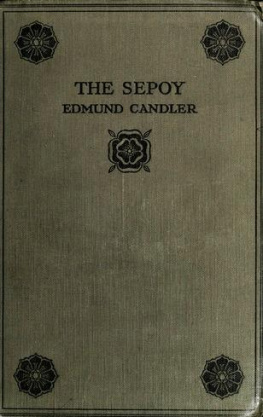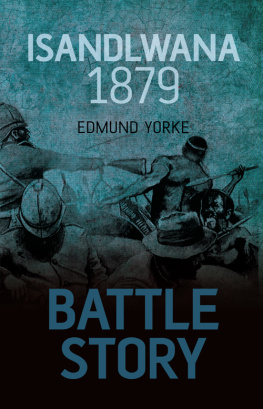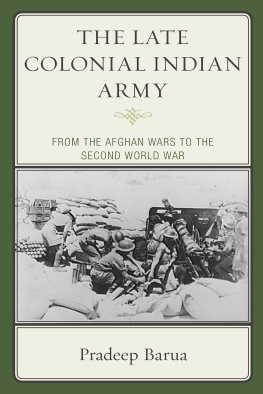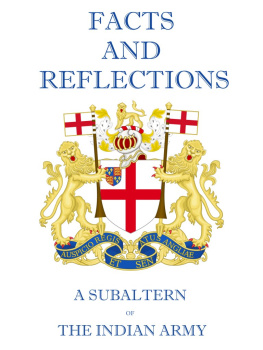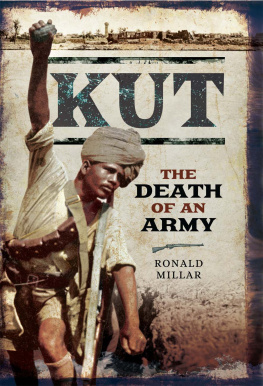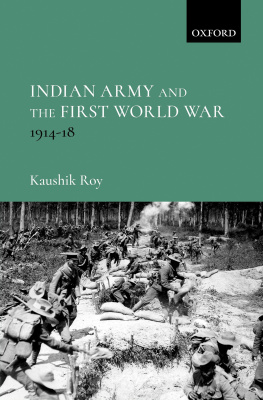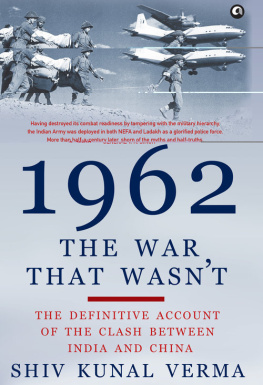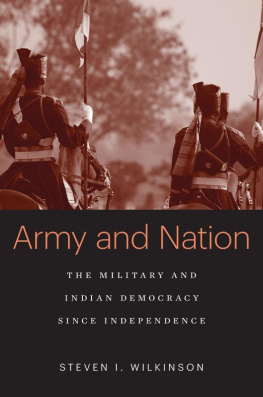The Project Gutenberg EBook of The Sepoy, by Edmund Candler
This eBook is for the use of anyone anywhere in the United States and most
other parts of the world at no cost and with almost no restrictions
whatsoever. You may copy it, give it away or re-use it under the terms of
the Project Gutenberg License included with this eBook or online at
www.gutenberg.org. If you are not located in the United States, you'll have
to check the laws of the country where you are located before using this ebook.
Title: The Sepoy
Author: Edmund Candler
Release Date: April 8, 2015 [EBook #48666]
Language: English
*** START OF THIS PROJECT GUTENBERG EBOOK THE SEPOY ***
Produced by readbueno and the Online Distributed
Proofreading Team at http://www.pgdp.net (This file was
produced from images generously made available by The
Internet Archive)
THE SEPOY
BY THE SAME AUTHOR.
A VAGABOND IN ASIA.
THE UNVEILING OF SHARA.
THE MANTLE OF THE EAST.
THE GENERAL PLAN.
SIRI RAM, REVOLUTIONIST.
THE YEAR OF CHIVALRY.
THE LONG ROAD TO BAGHDAD.
THE SEPOY
By
EDMUND CANDLER
LONDON
JOHN MURRAY,
ALBEMARLE STREET, W.
1919
PREFACE
All these sketches, except "The Sikh" and "The Drabi," were written in Mesopotamia. My aim has been, without going too deeply into origins and antecedents, to give as accurate a picture as possible of the different classes of sepoy. In Mesopotamia I met all the sixteen types included in this volume, some for the first time. My acquaintance with them was at first hand. But neither sympathy nor observation can initiate the outsider into the psychology of the Indian soldier; or at least he cannot be certain of his ground. One must be a regimental officer to understand the sepoy, and then as a rule one only knows the particular type one commands.
Therefore, to avoid mistakes and misconceptions, everything that I have set down has been submitted to authority, and embodies the opinion of officers best qualified to judge--that is to say, of officers who have passed the best part of their lives with the men concerned. Even so I have no doubt that passages will be found that are open to dispute. Authorities disagree; estimates must vary, especially with regard to the relative worth of different classes; and one must always bear in mind that every company officer who is worth his salt is persuaded that there are no men like his own. It is a pleasing trait and an essential one. For it is the sworn confraternity between the British and Indian officer, and the strong tie that binds the sepoy to his Sahib which have given the Indian Army its traditions and prestige.
All references and statistics concerning the Indian Army will be found to relate to the pre-war establishment; and no class of sepoy is included which has been enlisted for the first time since 1914. At the outbreak of war the strength of the Army in India was 76,953 British and 239,561 Indian. During the war 1,161,789 Indians were recruited. The grand total of all ranks sent overseas from India was 1,215,338. The casualties sustained by the force were 101,439. Races which never enlisted before enlisted freely, and the Indian Army List when published on the conclusion of Peace will be changed beyond recognition.
One or two classes I have omitted. The introduction of the Gujar, Meo, Baluchi and Brahui, for instance, as separate types, would be an error of perspective in a volume this size. It is hardly necessary to differentiate the Gujar from the Jat; the origin of the two races is much the same, and in appearance they are not always distinguishable. The Meo, too, approximates to the Merat. The Baluchi proper has practically ceased to enlist, and the sepoy who calls himself a Baluch is generally the descendant of immigrants. There is also a scattering of Brahuis in the Indian Army. They and the Baluchis are of the same stock, and are supposed to have come from Aleppo way, though in some extraordinary manner which nobody can understand the Brahuis have picked up a Dravidian accent.
It is difficult, too, to write of the Madrasi--Hindu, Mussalman, or Christian--as an entity apart. All I know of him is that in the Indian Sappers and Miners and Pioneer regiments, when he is measured with other classes, his British officer speaks of him as equal to the best.
The names of the officers to whom I am indebted would make a long list. I met them in camps, messes, trenches, dugouts, and in the open field. Some are old friends; others are unknown to me by name; many are unaware that they have contributed material for these sketches; and I can only thank them collectively for their help. For verification I have consulted the official handbooks of the Indian Army; and for certain of my references to the achievements of the Indian Army in France I am indebted to the semi-official history ("The Indian Corps in France," by Lieut.-Col. J. W. B. Merewether, C.I.E., and Sir Frederick Smith) published under the authority of the Secretary of State for India. One chapter, "The Drabi," I have taken almost bodily from my "Year of Chivalry," which also included the story of Wariam Singh; my thanks are due to the publishers, Messrs. Simpkin Marshall, for their permission to reprint it. For the account of the Jharwas I am indebted to an officer in a Gurkha regiment who wishes to remain anonymous. For illustrations my thanks are due to General Holland Pryor, M.V.O., Major G. W. Thompson, and Lieut.-Cols. Alban Wilson, D.S.O., R. C. Wilson, D.S.O., M.C., F. L. Nicholson, D.S.O., M.C., H. M. W. Souter, W. H. Carter, E. R. P. Berryman, and Mr. T. W. H. Biddulph, C.I.E.
Two Indian words occur frequently in these pages. They are izzat and jiwan, words that are constantly in the mouths of officers and sepoys. "Izzat" is best rendered by "honour" or "prestige"; "jiwan" means a "youngster," and is applied to the rank and file of the Indian Army without reference to age. I have kept the vernacular forms, as it is difficult to find exact English equivalents, and much that is homely and familiar in the words is lost in translation.
CONTENTS
| PAGE |
| The Gurkha |
| The Sikh |
| The Punjabi Mussalman |
| The Pathan |
| The Dogra |
| The Mahratta |
| The Jat |
| The Rajput and Brahman |
| The Garhwali |
| The Khattak |
| The Hazara |
| The Mer and Merat |
| The Ranghar |
| The Meena |
| The Jharwas |
| The Drabi |
| The Santal Labour Corps |
| The Indian Follower |
LIST OF ILLUSTRATIONS
| FACING PAGE |
| Havildar Chandradhoj (Rai) |
| Tekbahadur Ghotam (Khas) | 6 |
| The Sikh |
| The Punjabi Mussalman |
| The Pathan Pipers |
| The Dogra |
| The Konkani Mahratta |
| The Dekhani Mussalman |
| A Jat Camel Sowar |
| The Rajput |
| The Garhwali |
| The Hazara |
| The Merat |
| The Ranghar |
| The Meena |
| The Jharwa |
| Bhil Followers |
THE GURKHA
So much has been written of the Gurkha and the Sikh that officers who pass their lives with other classes of the Indian Army are tired of listening to their praises. Their fame is deserved, but the exclusiveness of it was resented in days when one seldom heard of the Mahratta, Jat, Dogra, and Punjabi Mussalman. But it was not the Gurkha's or the Sikh's fault if the man in the street puts them on a pedestal apart. Both have a very distinctive appearance; with the Punjabi Mussalman they make up the bulk of the Indian Army; and their proud tradition has been won in every fight on our frontiers. Now other classes, whose qualities were hidden, live in the public eye. The war has proved that all men are brave, that the humblest follower is capable of sacrifice and devotion; that the Afridi, who is outwardly the nearest thing to an impersonation of Mars, yields nothing in courage to the Madrasi Christian of the Sappers and Miners. These revelations have meant a general levelling in the Indian Army and the uplift of classes hitherto undeservedly obscure. At the same time the reputation of the great fighting stocks has been splendidly maintained.

